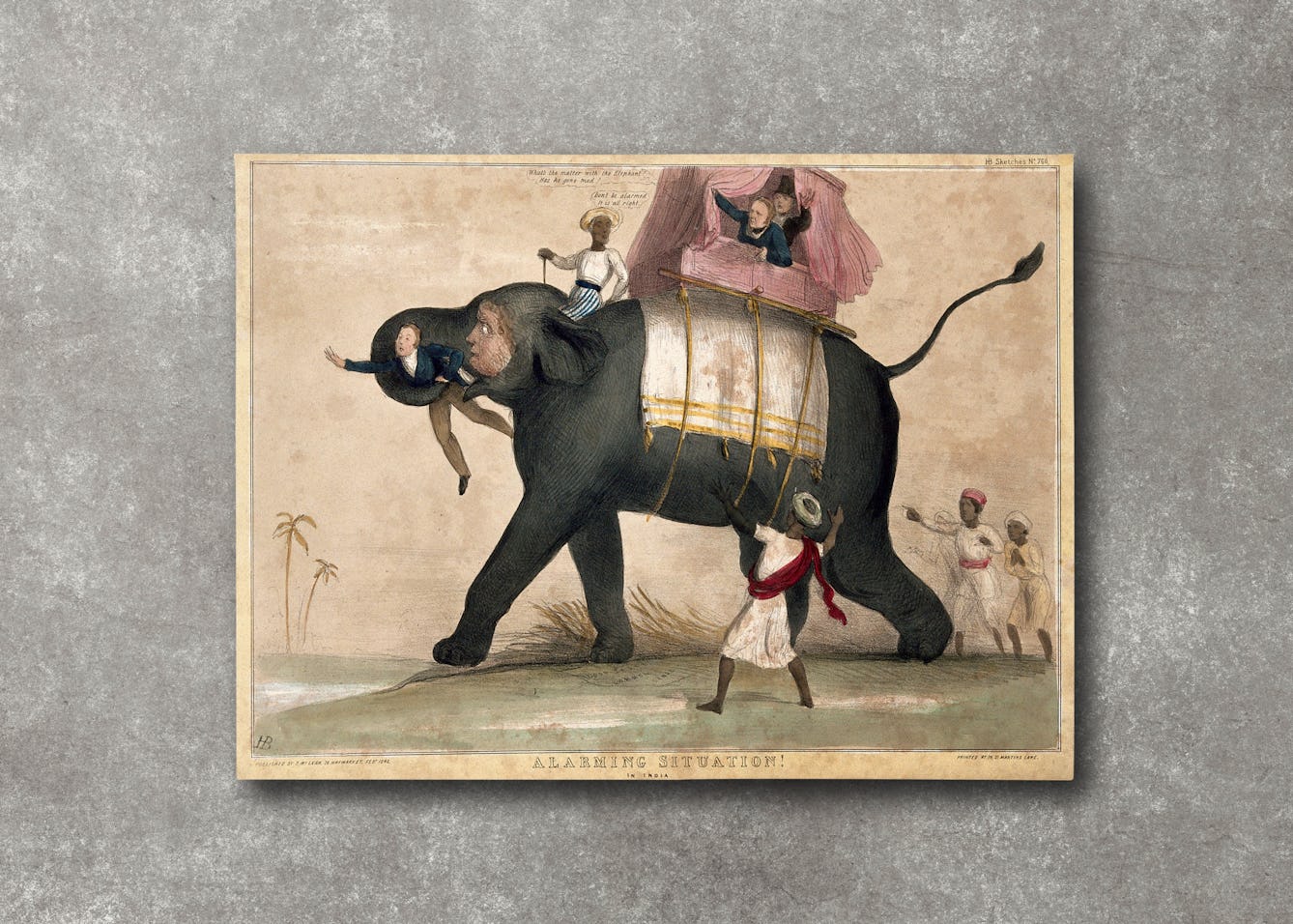
- Article
- Article
Aphasia and drawing elephants
When Thomas Parkinson investigated the history of “speech science”, he discovered an unexpected link between empire, elephants and aphasia.
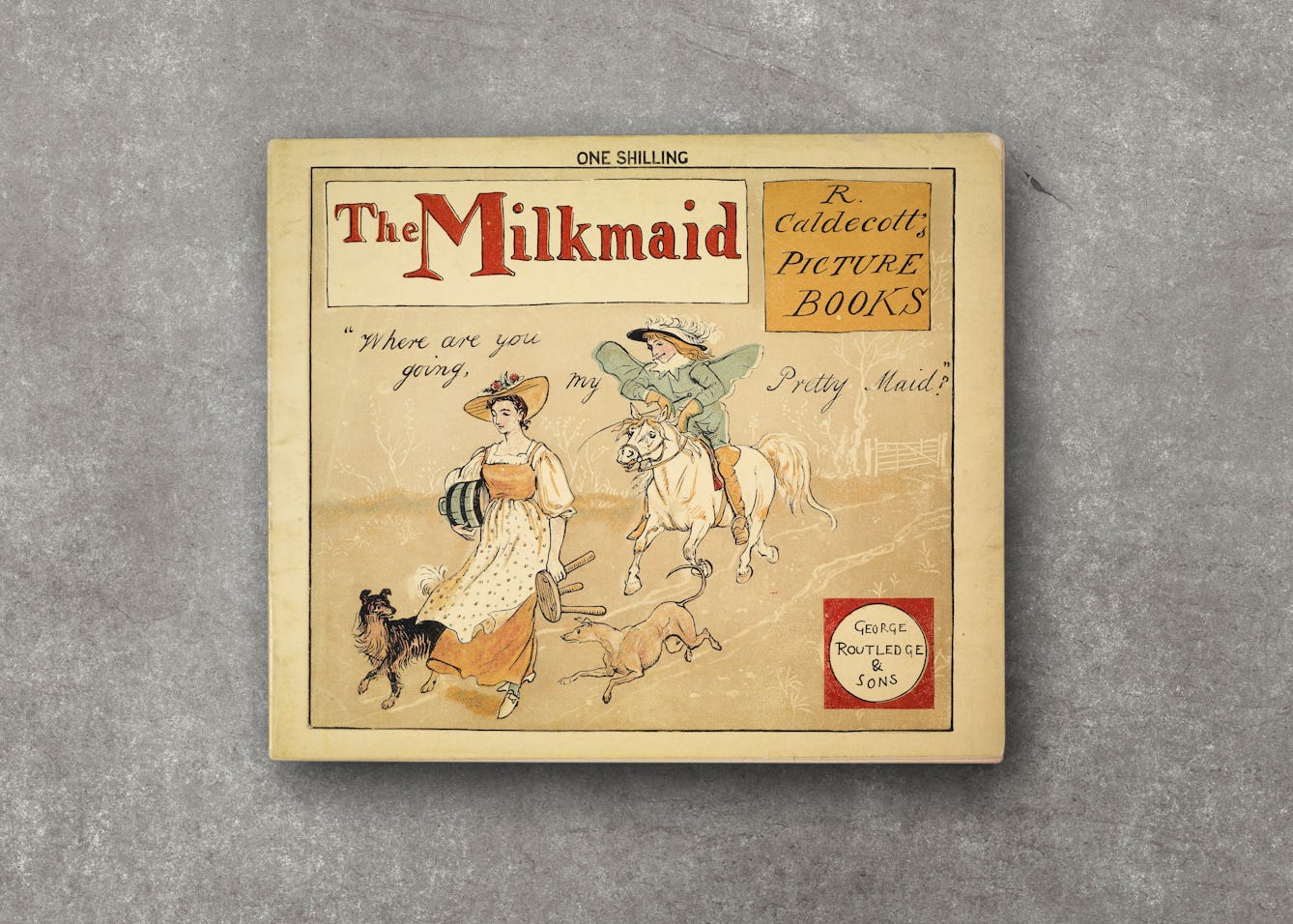
- In pictures
- In pictures
Milkmaids and the image of purity
Once the ultimate symbol of both sexual virtue and product purity, the milkmaid’s wholesome image gradually became tainted as industrialisation eroded the rural idyll.
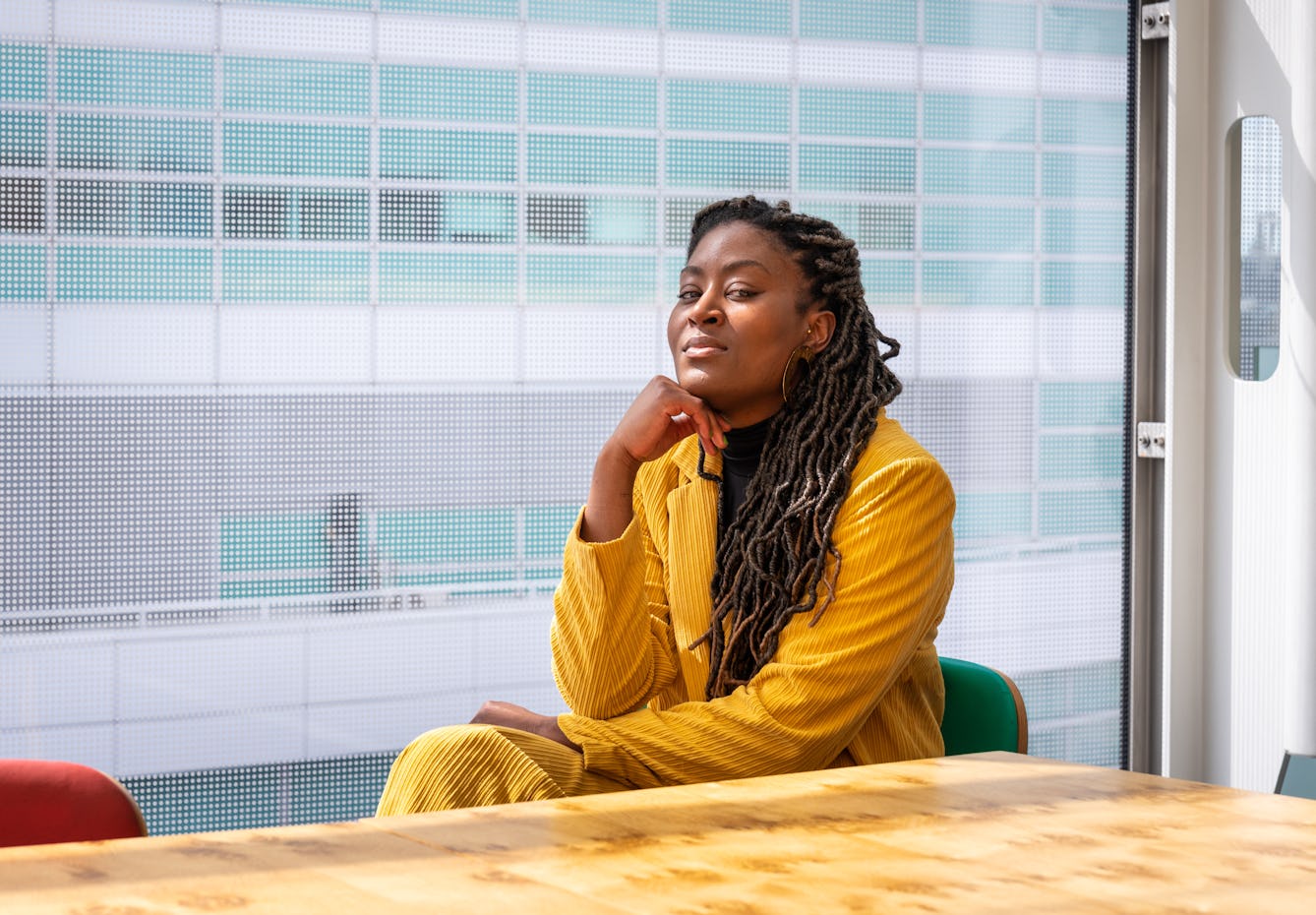
- Book extract
- Book extract
Why we need to decolonise healthcare
In this extract from ‘Divided’, Annabel Sowemimo describes the way her nana’s stroke and hospitalisation heightened her awareness of the need for us all to advocate for the health of others.
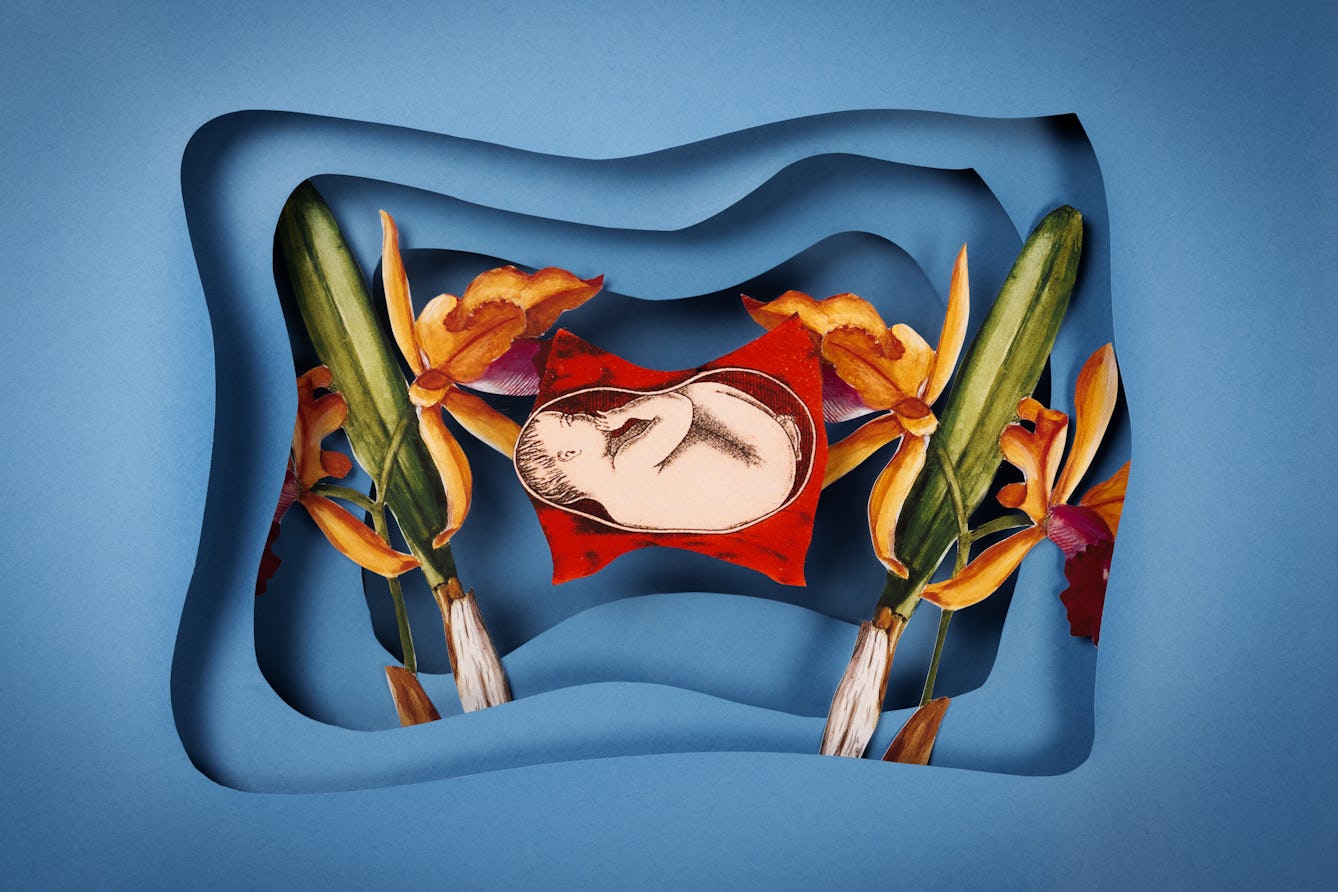
- Book extract
- Book extract
Of incubators, orchids and artificial wombs
In this extract from Claire Horn’s new book, ‘Eve: The Disobedient Future of Birth’, she traces the development of the artificial womb, soon to become a reality.
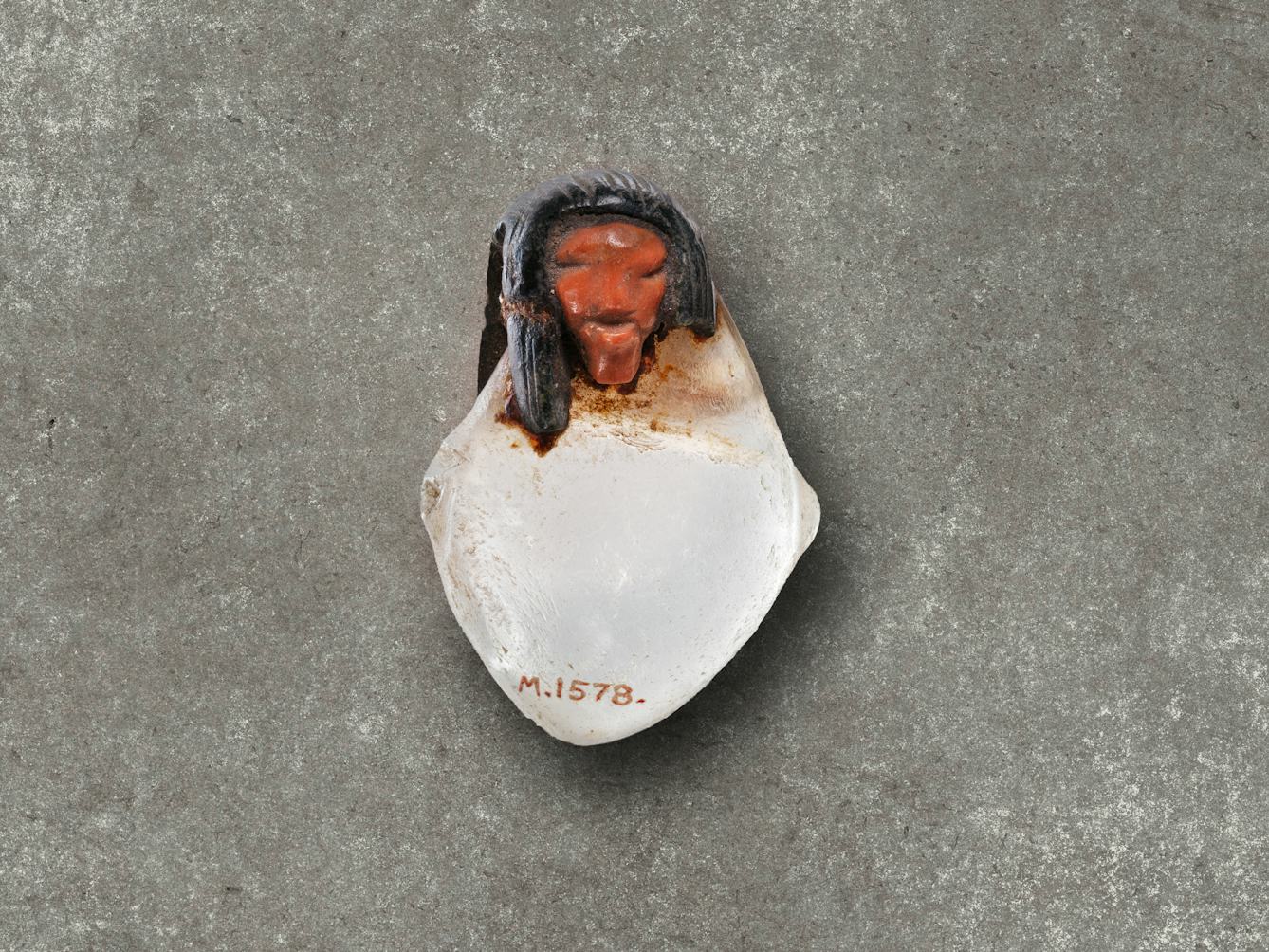
- In pictures
- In pictures
Stones for healing
Since ancient times, cultures from around the world have used a variety of precious stones, crystals and their substitutes for healing and to ward off misfortune.
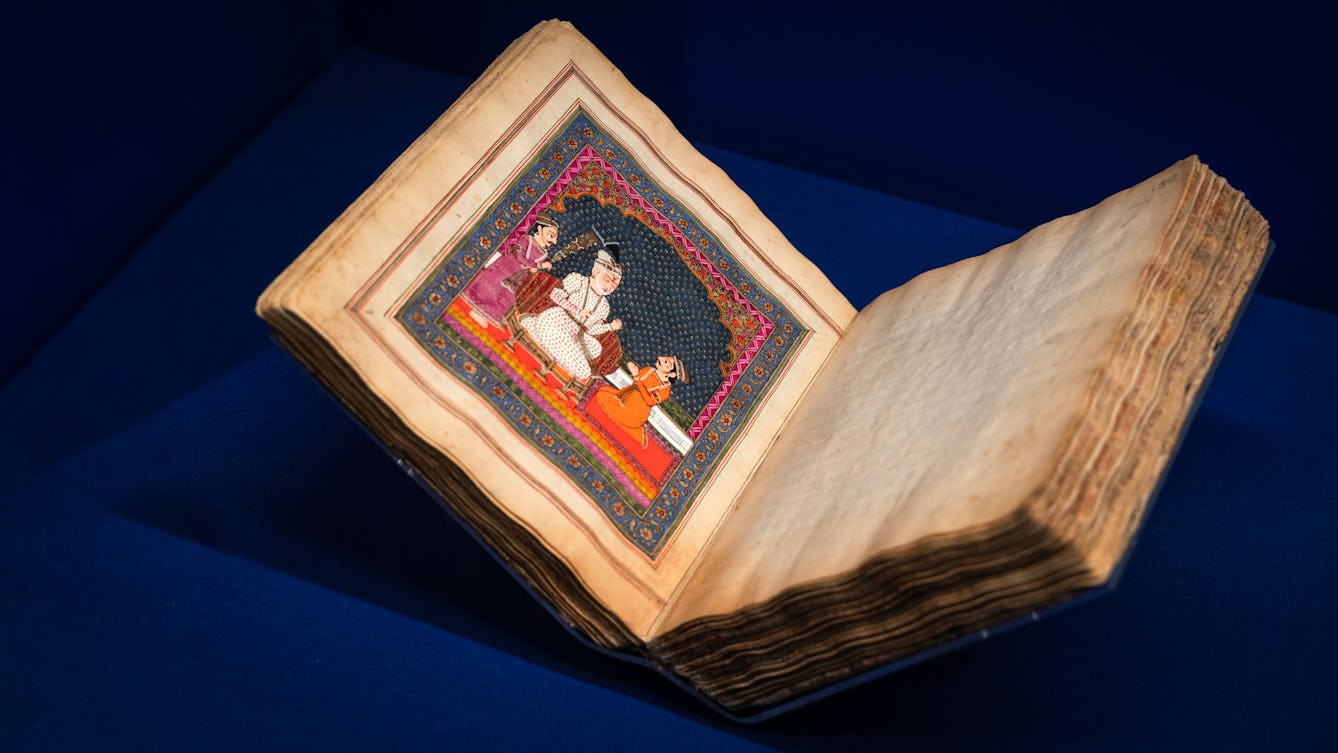
- Article
- Article
The eye of darshan
The Hindu concept of darshan means “divine revelation”, but it’s also about the multilayered ways in which we see the world around us. Adrian Plau explains how one image in a Panjabi manuscript relates to darshan, and why it’s so striking.
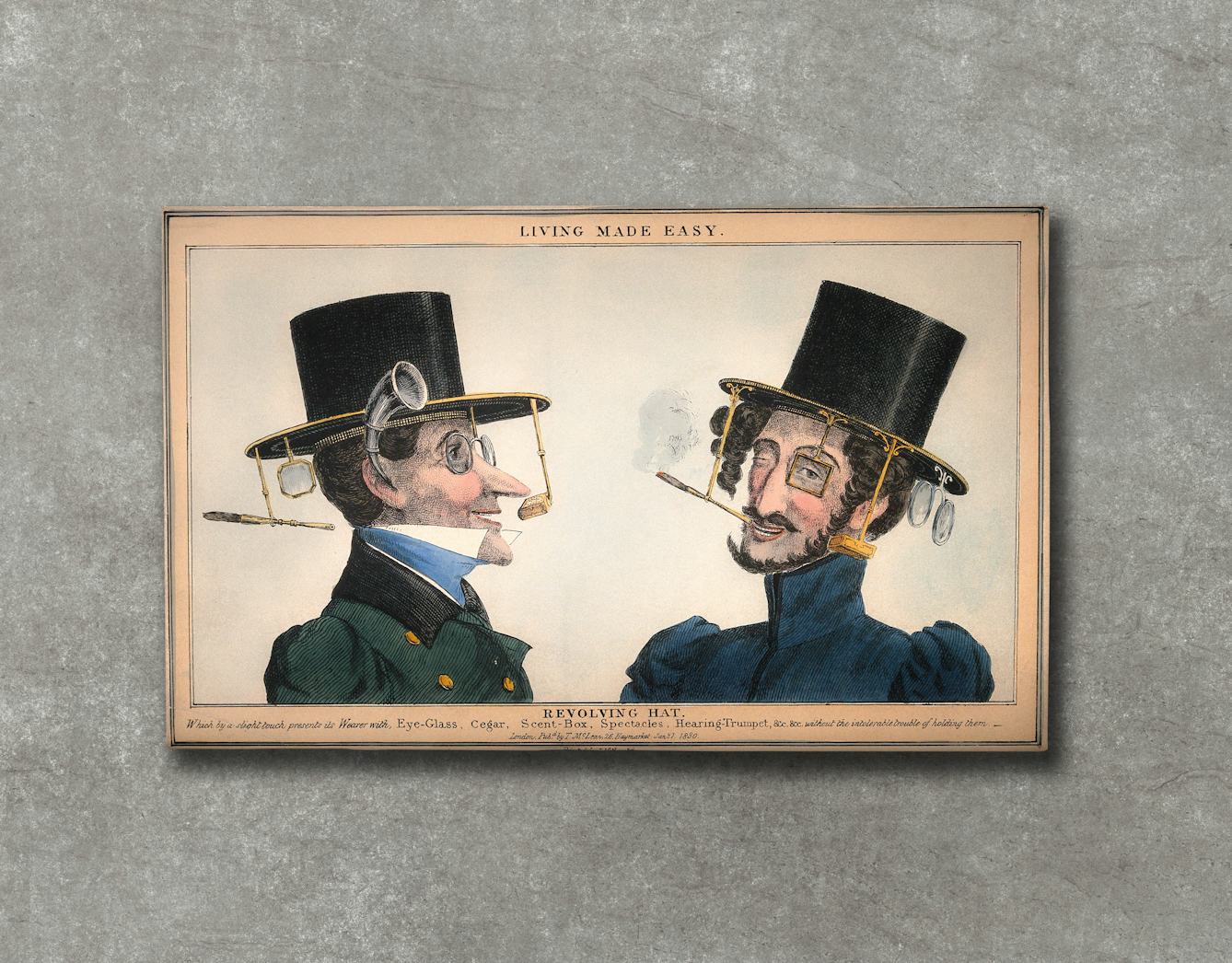
- In pictures
- In pictures
The Victorian perspective on spectacles
When spectacles began to proliferate in the 19th century, some commentators were alarmed. Gemma Almond reveals how the Victorians came to embrace eyewear.
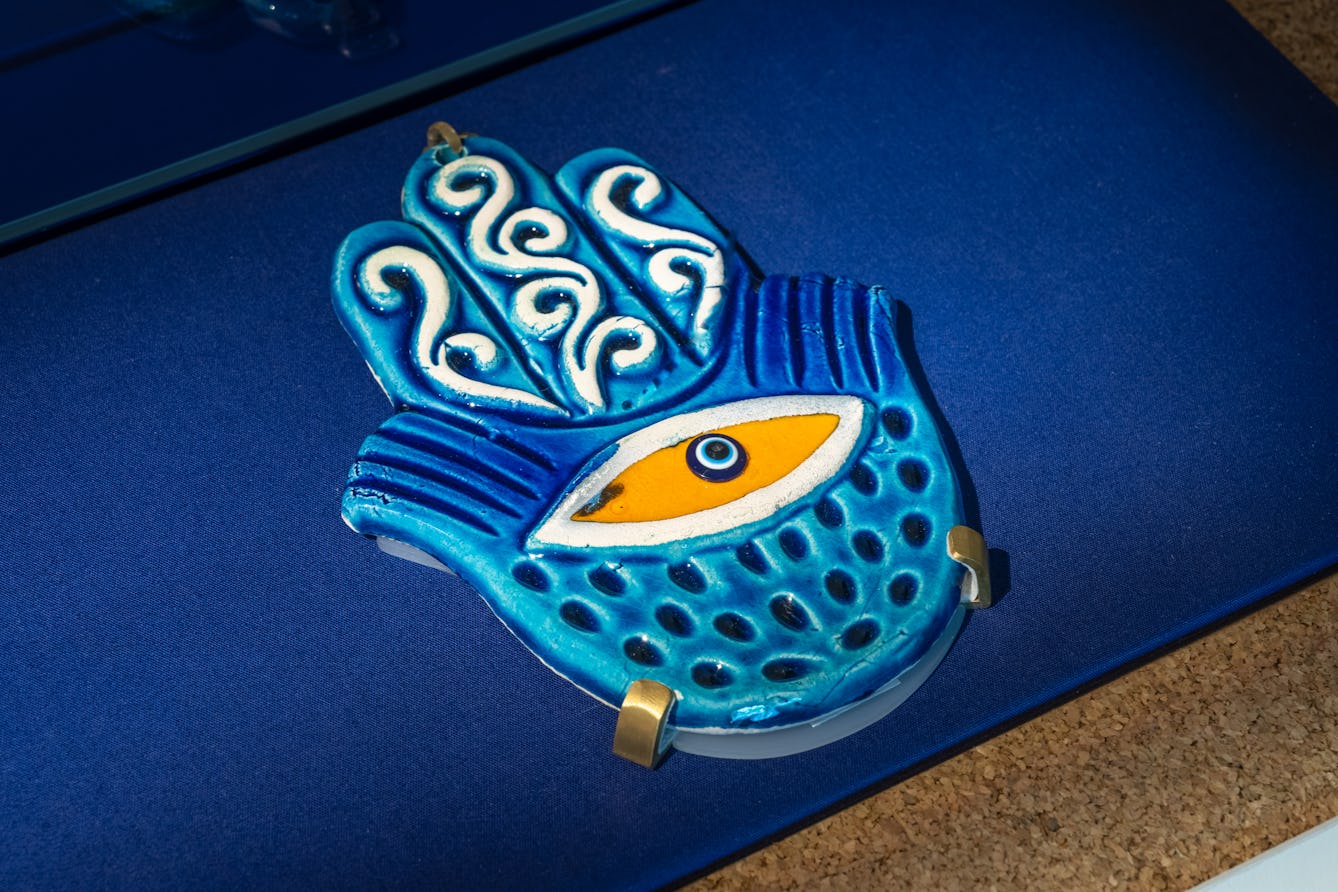
- Article
- Article
The evil eye and social anxiety
The ‘look’ of the evil eye is believed to bring bad luck, illness or even death. This ancient curse might be deliberate, inflicted with an envious glare, or it could be accidental, the result of undue attention or excessive praise.

- In pictures
- In pictures
The art of memory
Our ability to recall facts and experiential detail helps us understand, navigate, and make predictions about the world. Julia Nurse explores some of the techniques we have developed to help us to remember.
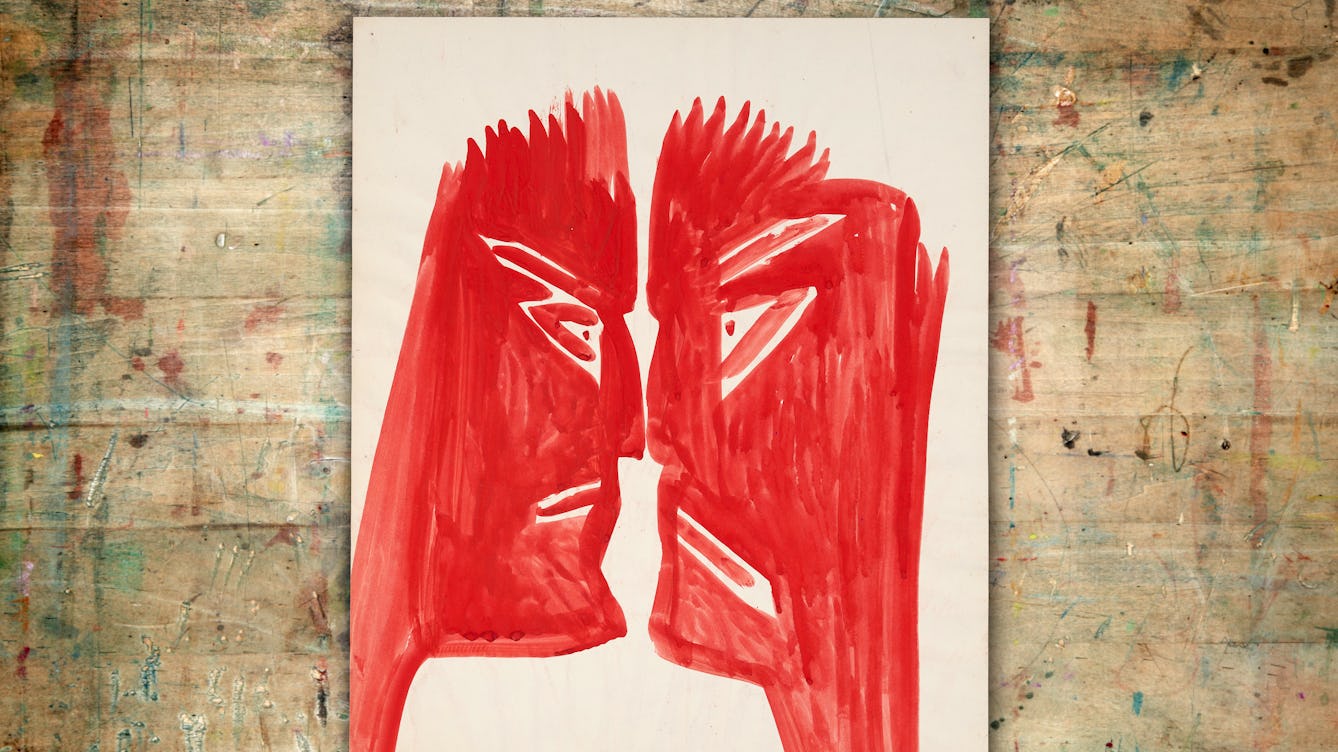
- Article
- Article
Mary Bishop and the surveillant gaze
Writer and artist Rose Ruane explores the paintings of Mary Bishop, created during a 30-year stay in a psychiatric hospital, which speak of constant medical surveillance and censorious self-examination.

- In pictures
- In pictures
The Migraine Art Competition Collection
The Migraine Art Competition ran for seven years in the 1980s and resulted in over 500 unique and striking works of art that represent what it means to live with migraine.
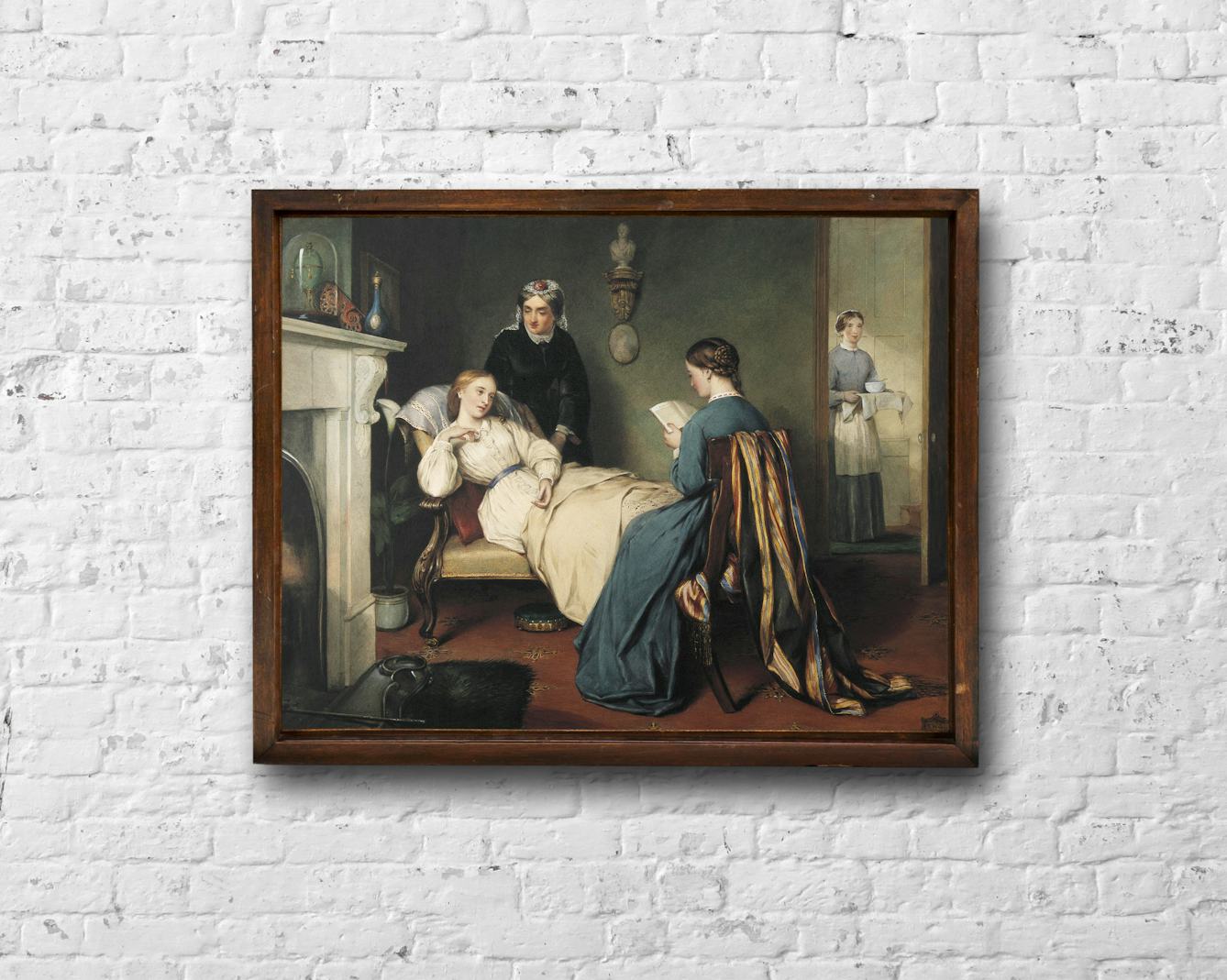
- In pictures
- In pictures
The history of sanatoriums and surveillance
The sanatorium treatment for tuberculosis was a curious combination of sunshine, fresh air, exercise and constant surveillance.
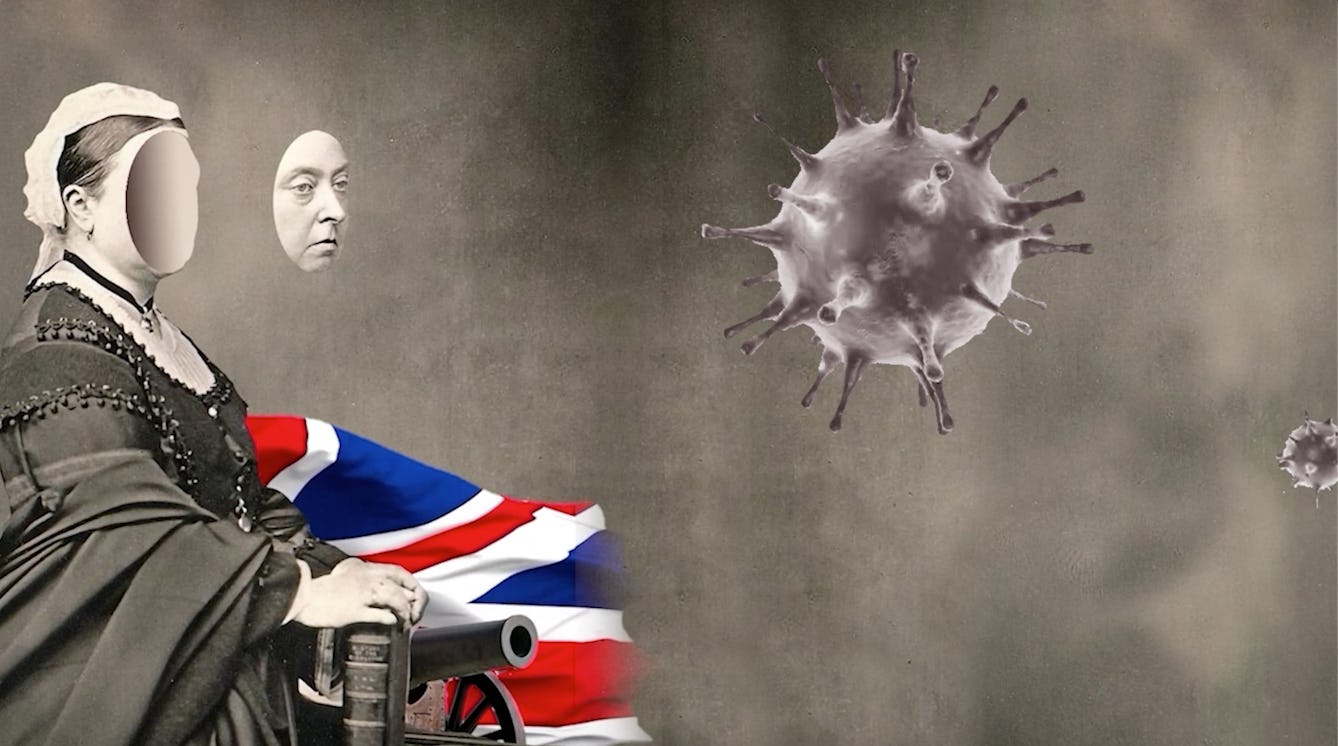
- Article
- Article
Epidemic threats and racist legacies
Epidemiology is the systematic, data-driven study of health and disease in populations. But as historian Jacob Steere-Williams suggests, this most scientific of fields emerged in the 19th century imbued with a doctrine of Western imperialism – a legacy that continues to influence how we talk about disease.

- Article
- Article
What our facial hair says about us
Five bearded and moustachioed men choose five hirsute archive images to help them reflect on the way facial hair is linked with personality and identity.
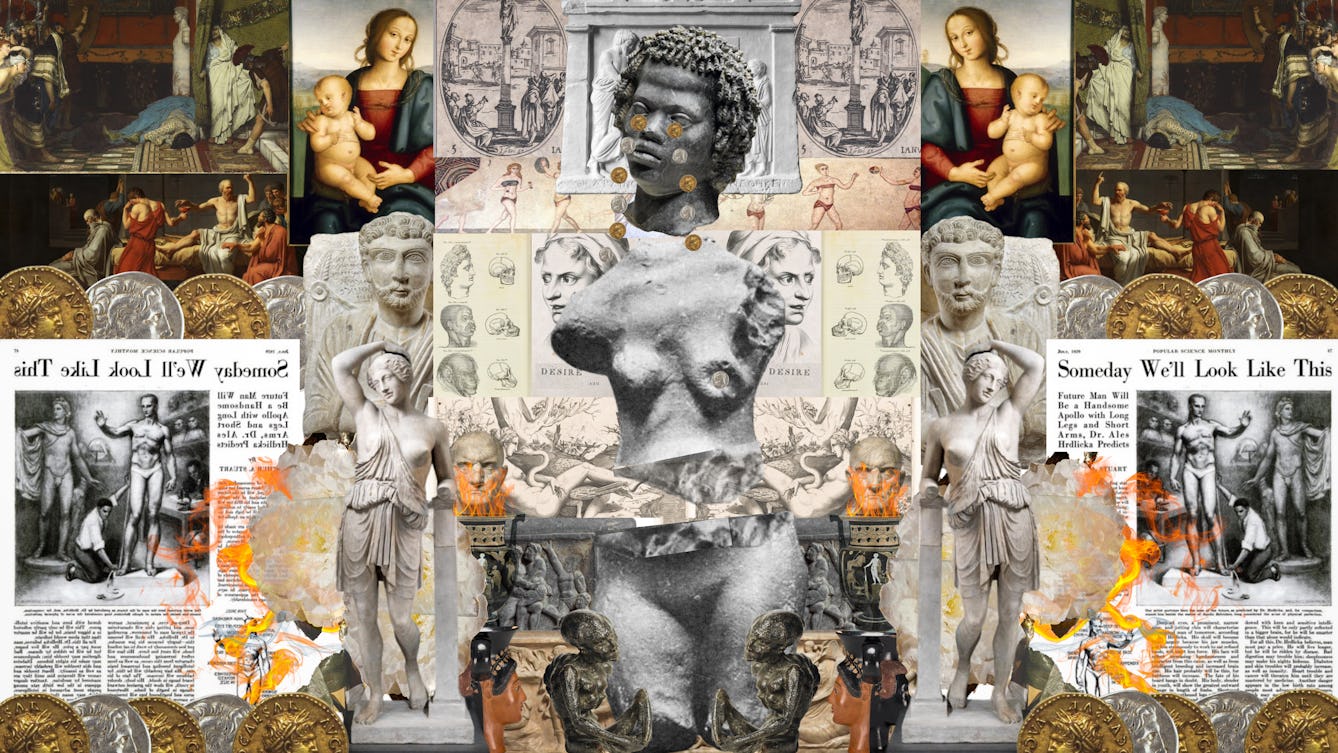
- Book extract
- Book extract
Naked, not nude
Classicist Caroline Vout argues that it’s time to take the dust covers off the Ancient Greeks and Romans, and to encounter their bodies not nude, but naked.

- In pictures
- In pictures
Laughing gas and the scientific pursuit of the sublime
Part science lecture. part public spectacle, thanks to chemist Humphry Davy the 19th-century craze for inhaling nitrous oxide rapidly spread from the science laboratory to fashionable salons and homes of the day, and onto the popular stage.

- In pictures
- In pictures
Anxiety in the air
Our centuries-old fear of disease-carrying “bad air” might have been modified by scientific advances, but it’s still liable to re-emerge under the right circumstances, as Kirsten Nicholson explains.

- In pictures
- In pictures
Guilty chimneys and the threat to the air we breathe
Industrialisation brought visibly polluted air to the world’s cities, captured in various media from the 1800s. Angela Saward explores the methods used, and the messages the images conveyed.

- In pictures
- In pictures
Stories of Asian palm-leaf manuscripts
Wellcome’s Adrian Plau shares some the stories behind the Asian palm-leaf manuscripts in our collections. He reveals how British colonialism impacted this special form of knowledge transmission and the challenges involved in unearthing each manuscript’s origins and historical journey to Wellcome Collection.

- Article
- Article
The healing power of the physic garden
Having experienced the healing power of plants and gardens, Iona Glen goes in search of present-day “physic gardens” and their origins in history.
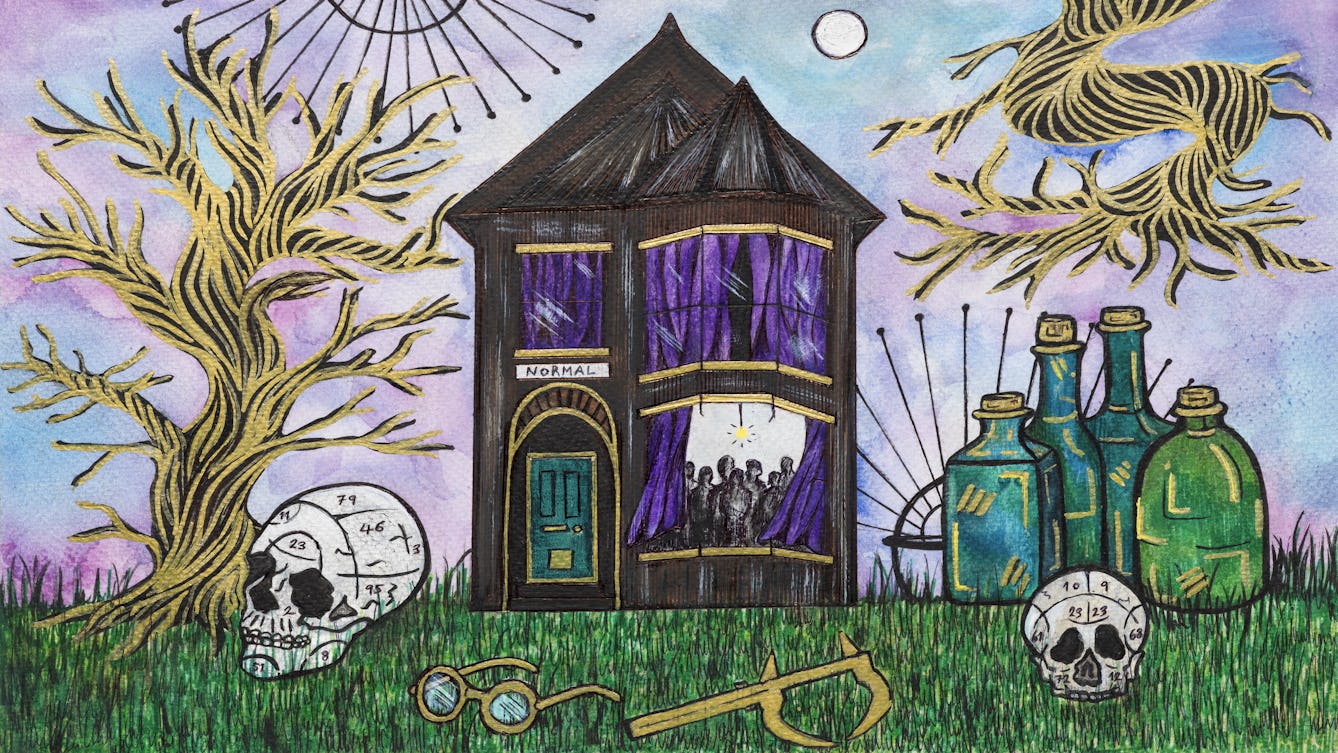
- Book extract
- Book extract
The 200-year search for normal people
Sarah Chaney poses the question we’ve likely all asked at some point in our lives: 'Am I normal?’, and explores whether normality even exists.
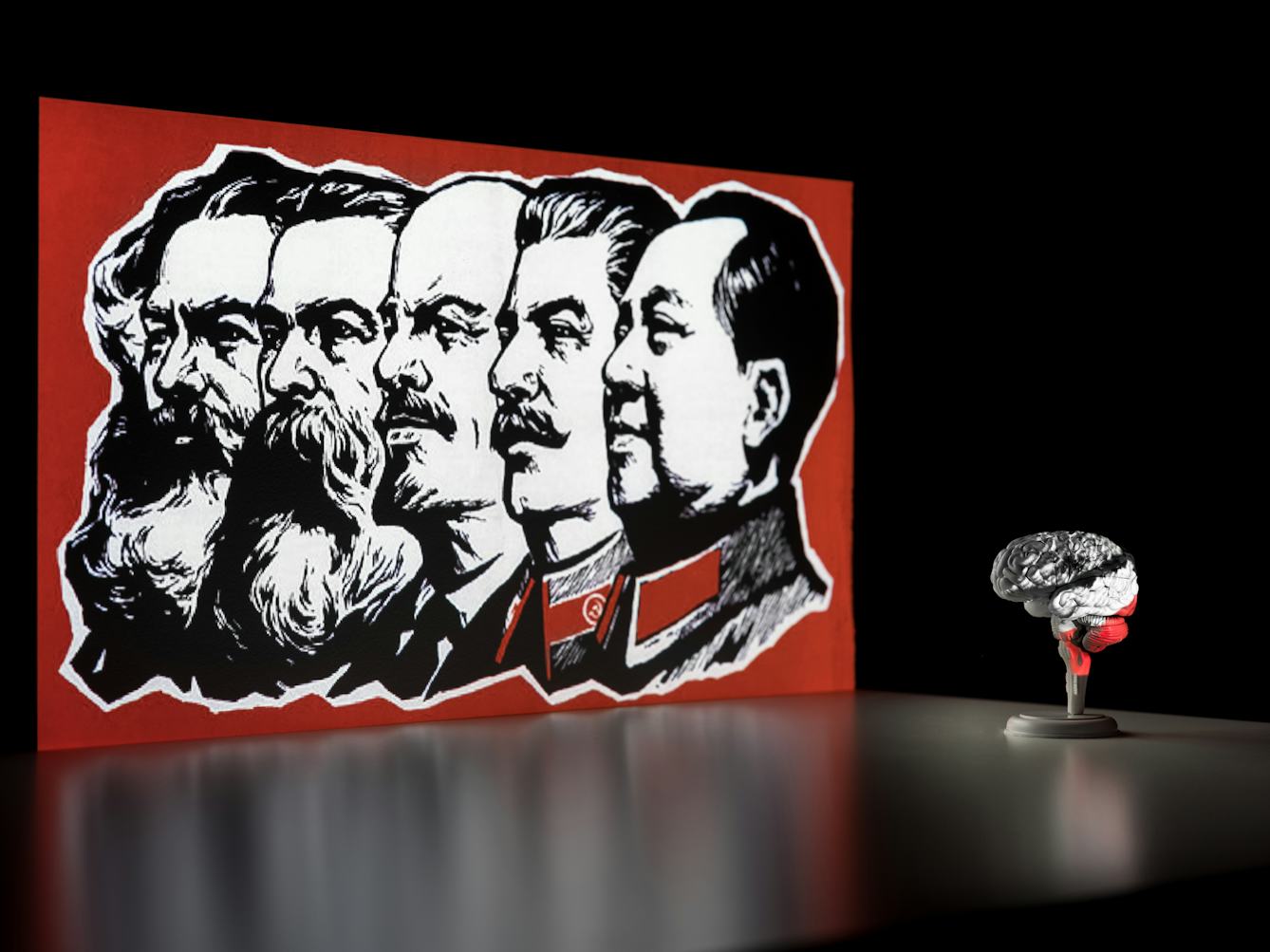
- Book extract
- Book extract
The history of brainwashing
Is it possible to control what other people think? In this abridged extract from his book ‘Brainwashed’, psychoanalyst and historian Daniel Pick offers us a new history of thought control.

- In pictures
- In pictures
From rockets to raves
Find out how hydrogen peroxide has been used to do everything from investigate murders and propel rockets to treat teeth and bleach hair.

- In pictures
- In pictures
Telling Scotland about AIDS
Find out how activists and organisations working on AIDS information campaigns in 1980s Scotland used cartoons, kilts, and candid language to convey their message.

- In pictures
- In pictures
From cacao to chocolate
Discover how chocolate morphed from a prized, spiritually significant commodity to a quasi-medicine, and finally to the sweet treat we eat almost daily.